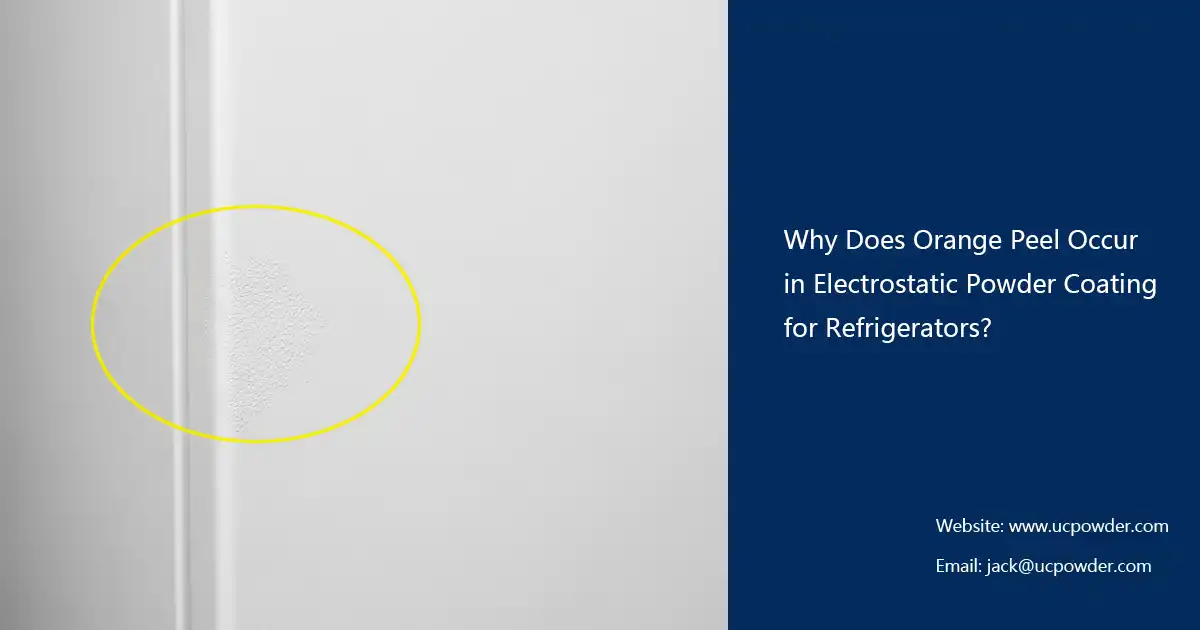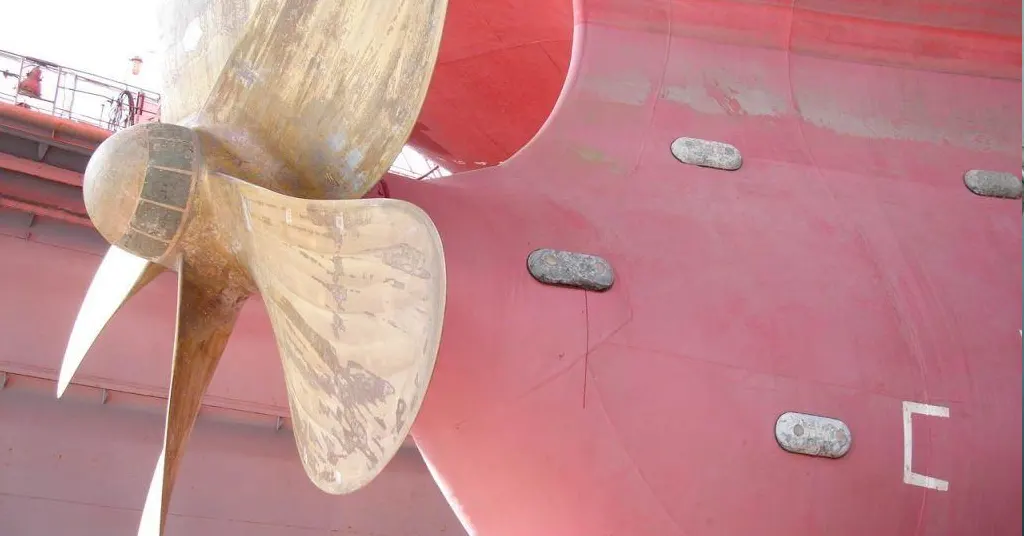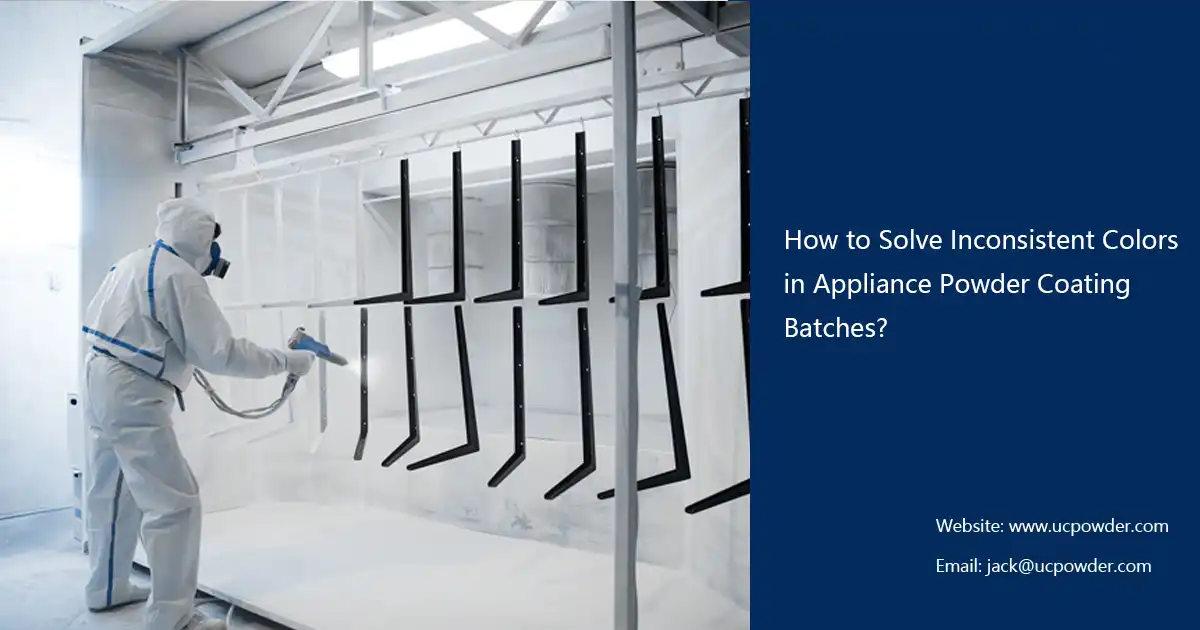How to improve the impact resistance of powder coating on household appliance casings?
Enhancing the impact resistance of powder coating on household appliance casings is critical for manufacturers striving to produce durable, high-quality products such as refrigerators, washing machines, and ovens. Robust powder coatings ensure appliances withstand the stresses of transportation, daily use, and accidental impacts while maintaining an attractive appearance. As a leading powder coating manufacturer, we provide detailed, actionable solutions to boost impact resistance, reduce warranty claims, and meet industry standards like ASTM D2794. This guide offers specific, in-depth technical strategies to optimize your household appliance casing coatings.
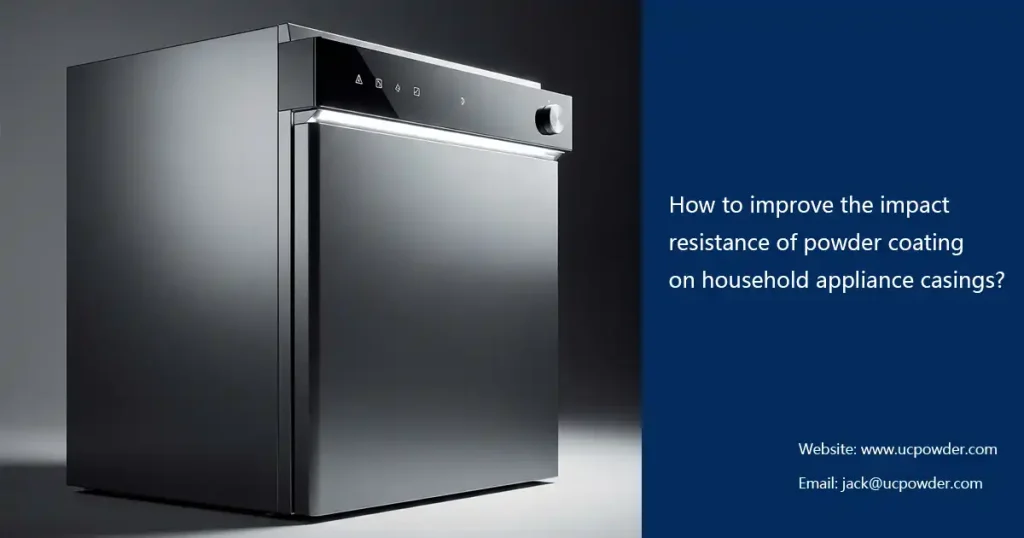
Why Impact Resistance Matters for Appliance Casings ?
Household appliances endure significant mechanical stress, including impacts from dropped objects, door slams, or rough handling during shipping. Weak powder coatings can crack, chip, or peel, leading to costly repairs, reduced customer satisfaction, and non-compliance with industry standards. By improving impact resistance, manufacturers can enhance product durability, maintain a professional finish, and ensure compliance with regulations like RoHS. Our powder coating solutions are designed to deliver superior toughness cost-effectively while preserving aesthetics.
Detailed Strategies to Enhance Impact Resistance of Powder Coatings
1. Optimize Powder Coating Formulations
The choice of powder coating resin and additives directly influences impact resistance. Below are specific recommendations for formulating high-performance coatings:
Resin Selection:
- Polyurethane-Based Powder Coatings: Known for excellent flexibility and toughness, ideal for household appliance casings. We recommend aliphatic polyurethane resins (e.g., DSM’s Uralac® series), which achieve 40–50 kg·cm impact resistance (ASTM D2794).
- Epoxy-Polyester Hybrid Coatings: Combine epoxy’s adhesion with polyester’s durability, suitable for appliances requiring both corrosion and impact resistance. Use a 60:40 epoxy-to-polyester ratio for balanced performance.
- Acrylic-Based Coatings: Offer high gloss and UV resistance but require careful formulation to avoid brittleness. Blend with 5–10% polyester resin to enhance toughness.
Additives for Toughness:
- Core-Shell Impact Modifiers: Add 1–2% by weight of core-shell polymers (e.g., Arkema’s Durastrength®) to improve flexibility and absorb impact energy.
- Nano-Fillers: Incorporate 0.5–1.5% nano-silica or nano-alumina to increase coating hardness and toughness without compromising flow properties.
- Glass Microspheres: Add 2–3% hollow glass microspheres (e.g., 3M™ Glass Bubbles) to reduce coating density while enhancing impact resistance.
Formulation Example:
- Base: 60% polyurethane resin, 35% polyester resin.
- Additives: 1.5% nano-silica, 1% core-shell impact modifier, 0.5% flow agent (e.g., BYK-360P).
- Pigments: 2% titanium dioxide for opacity and UV stability.
- Result: Achieves 40–50 kg·cm impact resistance with excellent adhesion on steel substrates.
Our custom powder coating formulations are tailored to your specific appliance needs. Contact us to request a sample formulation optimized for impact resistance.
2. Improve Surface Preparation for Superior Adhesion
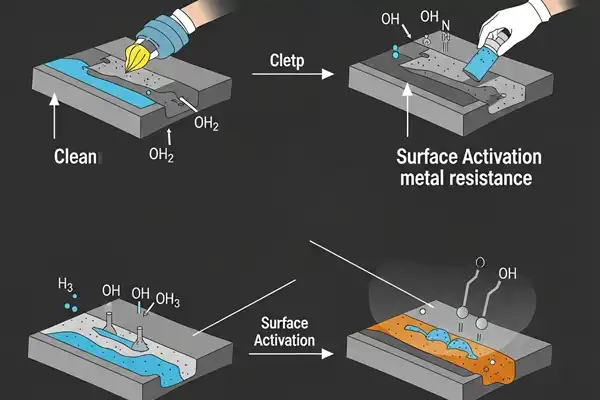
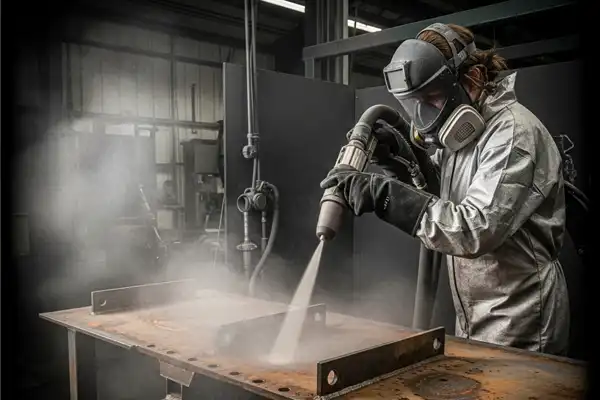
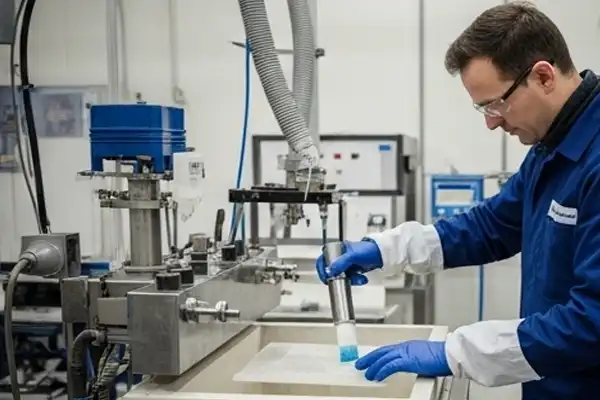

Effective surface preparation ensures the powder coating bonds strongly to the appliance casing, reducing the risk of cracking under impact. Detailed steps include:
Degreasing:
- Use an alkaline cleaner (pH 9–11, e.g., Henkel’s Bonderite® C-AK) at 50–60°C for 2–3 minutes to remove oils, grease, and contaminants.
- Rinse with deionized water to prevent residue buildup, which can weaken adhesion.
Sandblasting:
- Blast steel or aluminum casings with aluminum oxide (grit size 80–120) to achieve a surface roughness of Sa 2.5 (ISO 8501-1).
- Maintain a blast pressure of 4–6 bar to avoid substrate damage while ensuring a uniform profile for coating adhesion.
Phosphating:
- Apply a zinc phosphate conversion coating (e.g., Chemetall’s Gardobond®) at 40–50°C for 3–5 minutes to form a crystalline layer (2–5 g/m² coating weight).
- This enhances adhesion and provides corrosion resistance, ideal for appliances exposed to humidity.
Post-Treatment:
- Rinse with a chromate-free sealing solution (e.g., zirconium-based sealers) to improve coating durability.
- Dry the substrate at 100–120°C for 5 minutes to remove residual moisture before coating.
3. Fine-Tune the Powder Coating Curing Process

The curing process determines the powder coating’s mechanical properties, including impact resistance. Specific parameters include:
Curing Conditions:
- Temperature: Cure at 180–200°C (depending on resin type) for 10–15 minutes to ensure complete cross-linking. For polyurethane coatings, cure at 190°C for 12 minutes to maximize toughness.
- Oven Type: Use forced-air convection ovens with ±5°C temperature uniformity to prevent under- or over-curing.
- Ramp-Up Rate: Gradually increase temperature at 10°C/min to avoid thermal shock, which can cause micro-cracks.
Infrared (IR) Curing Option:
- For complex geometries, use medium-wave IR curing (wavelength 2–4 µm) for 3–5 minutes to target specific areas, reducing energy costs by 20%.
- Combine IR with convection curing for uniform results on large appliance casings.
UV-Curable Powder Coatings:
- Use UV-curable coatings (e.g., DSM’s Uralac® UV) for 30–60 seconds under UV light at 100–150 mJ/cm², offering 30–40 kg·cm impact resistance, ideal for high-speed production lines.
Monitoring Tools:
- Use a datalogger (e.g., TQC CurveX) to track oven temperature profiles and ensure consistent curing.
- Conduct cross-hatch adhesion tests (ASTM D3359) post-curing to verify coating integrity.
4. Implement Multi-Layer Coating Systems
Multi-layer coating systems enhance impact resistance by distributing stress across multiple layers. Specific recommendations include:
Primer Layer:
- Apply a 20–30 µm epoxy-based primer (e.g., a general-purpose epoxy primer) to enhance adhesion and absorb impact energy.
- Cure at 180°C for 8–10 minutes to form a flexible base layer.
Topcoat Layer:
- Use a 50–70 µm polyurethane topcoat (e.g., a general-purpose aliphatic polyurethane topcoat) for superior toughness and aesthetic appeal.
- Add 1% nano-alumina to the topcoat to increase hardness (Mohs scale 7–8).
Application Technique:
- Use electrostatic spray guns with a voltage of 60–80 kV to ensure uniform coating thickness.
- Maintain a powder output of 100–150 g/min to avoid orange peel defects.
Case Study: A washing machine manufacturer reduced coating failures by 30% by adopting our multi-layer powder coating system (epoxy primer + polyurethane topcoat), achieving 45 kg·cm impact resistance. For more case details, please contact us immediately!
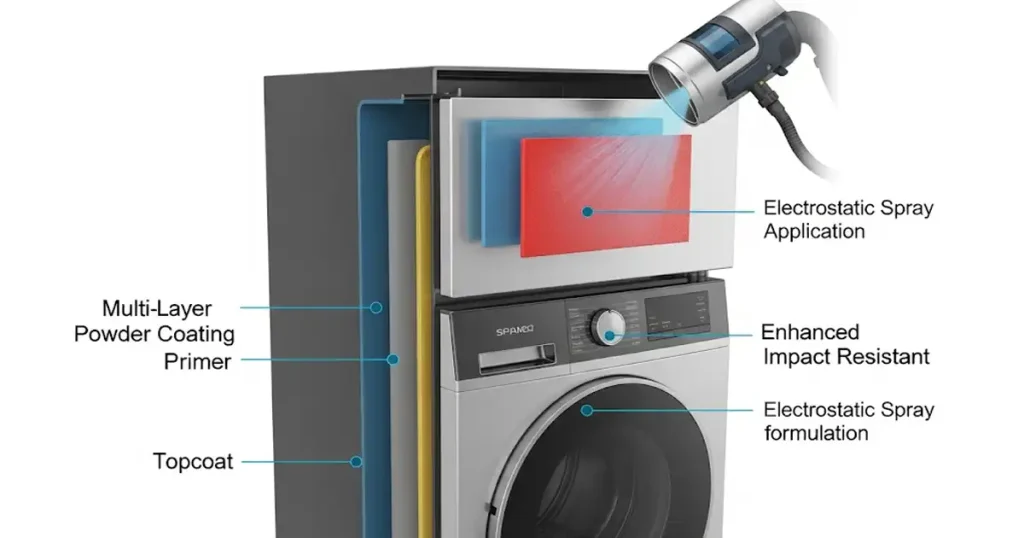
5. Test and Validate Coating Performance
Rigorous testing ensures your powder coating meets impact resistance requirements. Specific methods include:
ASTM D2794 Impact Test:
- Use a falling weight tester (e.g., BYK-Gardner Impact Tester) with a 1 kg weight dropped from 50 cm.
- Check for cracks or delamination; aim for no failure at 50 kg·cm.
Pendulum Impact Test:
- Simulate real-world impacts using a pendulum tester (e.g., TQC SP1900) with a 500 g weight at a 45° angle.
- Verify coating integrity under dynamic stress.
In-House Testing:
- Conduct drop tests with a 1 kg steel ball from 1 m height onto coated panels.
- Use a gloss meter (e.g., BYK-Gardner micro-gloss) to ensure aesthetic properties remain intact post-impact.
Benefits of Our Powder Coating Solutions
As a trusted powder coating manufacturer, we offer:
- Superior Impact Resistance: Up to 50 kg·cm impact strength for durable appliance casings.
- Cost-Effective Formulations: Optimized for high-volume production with minimal material waste.
- Aesthetic Excellence: High-gloss, UV-stable finishes in a range of colors and textures.
- Regulatory Compliance: Low-VOC, RoHS-compliant coatings meeting global standards.
FAQs
Have Anything To Ask Us?


